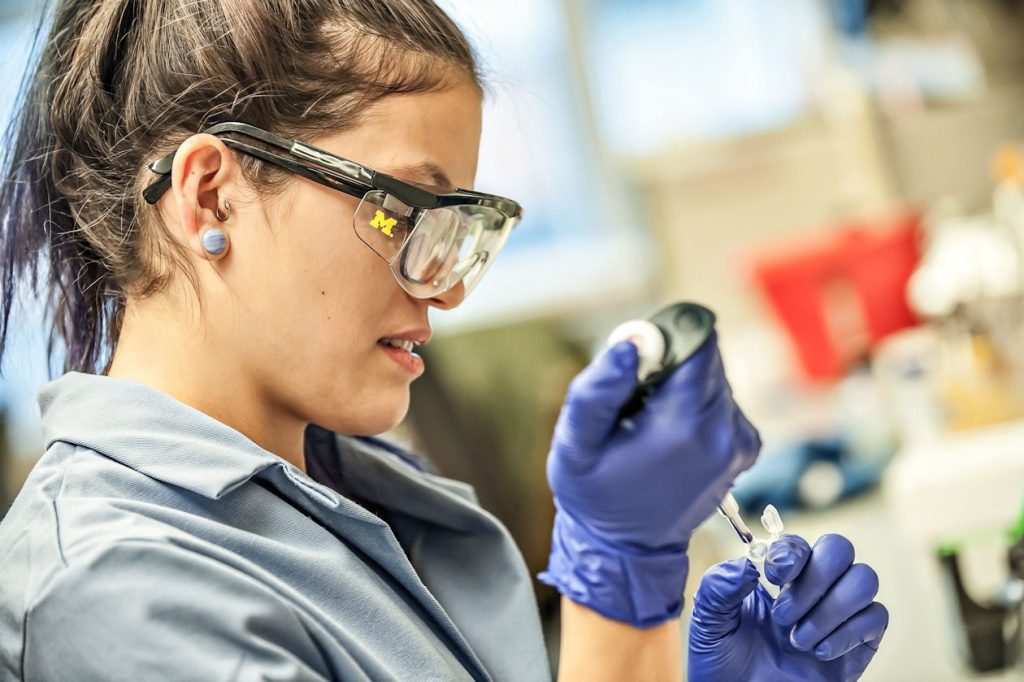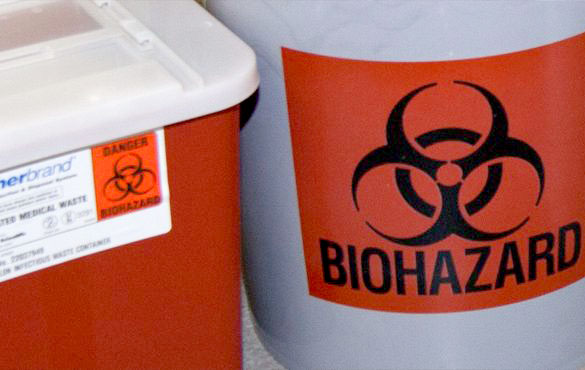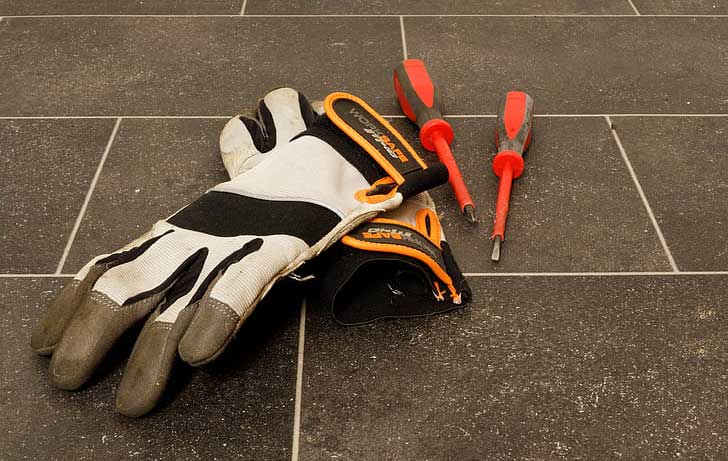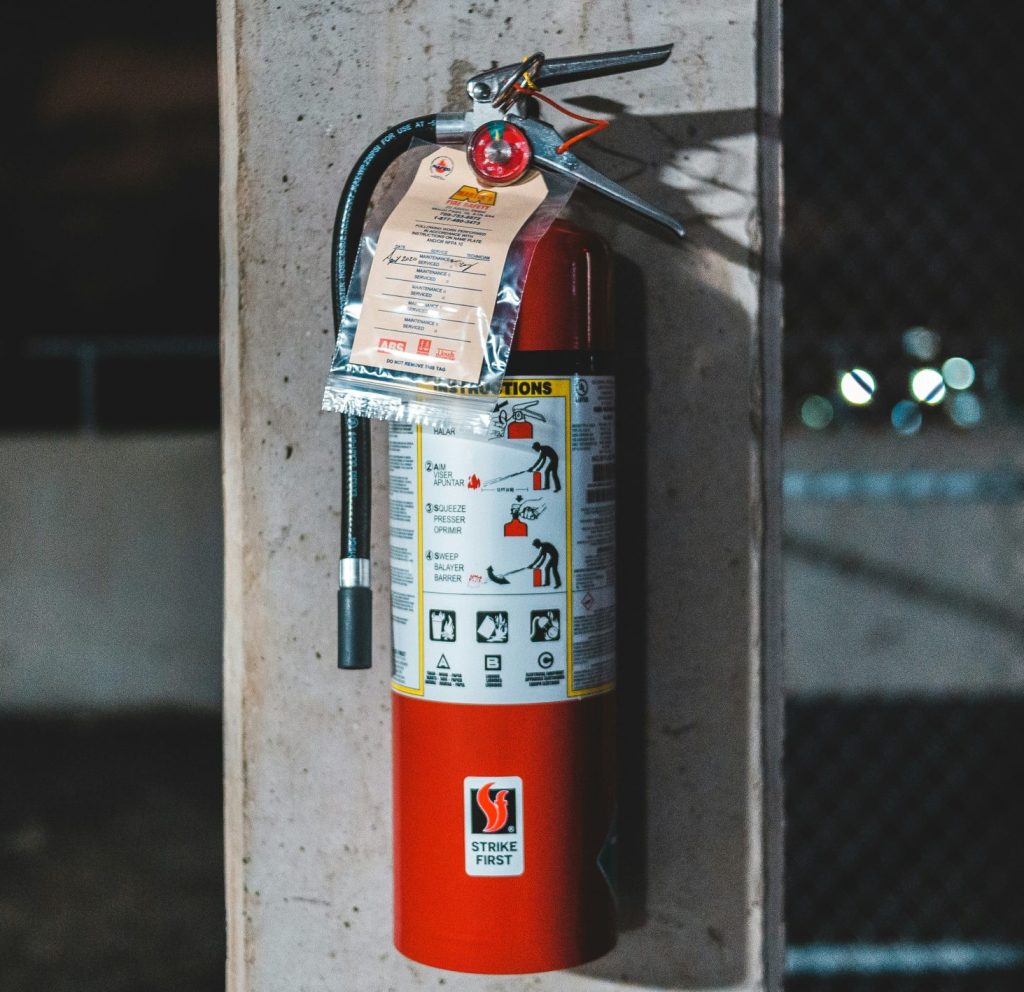| GLOVE CLASS |
TYPE |
FUNCTION |
| Light latex, neoprene, nitrile, or vinyl gloves |
- Disposable latex (powdered or un-powdered)
- Disposable nitrile
- Disposable vinyl
|
Protects against:
- Biological hazards (human blood, body fluids, tissues, bloodborne pathogens, specimens)
- Relatively small volume chemical usage and minor splash potential
|
| Light to heavy chemical resistant gloves |
- Natural rubber latex
- Nitrile
- Butyl
- Neoprene
- Viton® II
- Silver Shield
|
- Protects against specific chemical exposures based on chemical compatibility.
- Used for larger volumes of chemicals with splash and immersion potential
NOTE: When selecting glove size, length, and thickness, consider exposure:
- Duration
- Quantities
- Task activities
|
| Insulated gloves |
|
Protects against:
- Hot liquids and equipment (autoclaves/ovens)
- Open flames
- Water bath
- Oil bath
|
|
|
Protects against:
|
| Wire mesh gloves |
|
Protects against:
- Live animals
- Equipment with cut warnings
|






